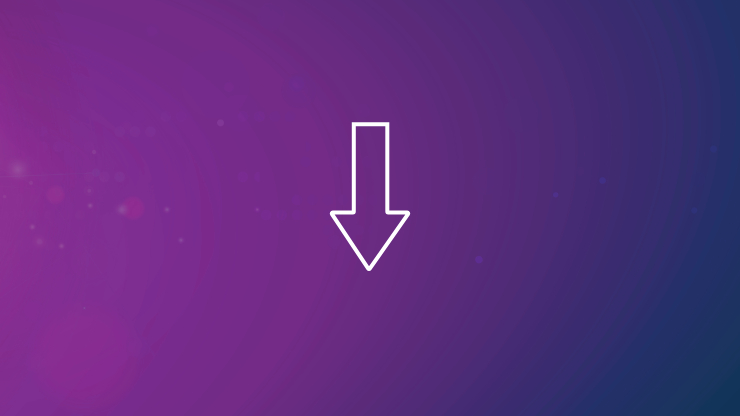Within oncology, many organisations are faced with rising patient numbers, staff-shortages, and limited resources. Improving efficiency along the oncology pathway is key to overcoming these challenges.
One cause of inefficiency along the pathway is the reliance on paper-based systems and manual documentation. Added to this, documenting and transferring patient information using paper-based systems can be prone to error - paper files can be easily misplaced, misfiled, or the handwritten information within them misinterpreted. This can result in miscommunication.
Miscommunication along the healthcare pathway could compromise a patient’s treatment and potentially lead to harm. The World Health Organization cites poor communication between, and within healthcare providers as one of the contributors to delays in cancer diagnosis and treatment.1 Furthermore, a 2017 report on chemotherapy-associated medical errors found that 25% of the errors studies were related to mistakes in communication.2
A closer look at manual documentation and paper-based system errors
Manual documentation and paper-based systems come with their own unique set of issues:
- Time consuming to transcribe and document information by hand
- Illegible, unclear, or incomplete documentation can result in misinterpretation of the information, and potentially lead to error
- Paper within the aseptic clean-rooms adds a potential source of contaminant
- Difficult to audit data and have oversight of processes
- Time and space required for archiving
Automating documentation within the oncology prescribing and compounding process is a solution to overcome these issues. Moving away from paper-based and manual documentation systems has the potential to reduce errors and improve efficiency.
The right technology can play a significant role
BD Cato™* is an integrated software solution that provides support throughout all stages of therapy, from long-term prescription planning, to the preparation and administration of chemotherapy drugs. Through the use of barcode scanners, gravimetric scales, cameras, and by interfacing with hospital information systems, BD Cato™ automates documentation processes along the oncology pathway, resulting in a paper-less workflow.
BD Cato™ therefore addresses many of the issues present with paper-based systems:
- Electronic prescriptions and electronic documentation of steps along the compounding process remove illegibility or transcribing issues with handwritten documentation
- There is only one electronic entry per preparation
- Barcode scanners, gravimetric scales, cameras, and staff individual logins help ensure information documented is correct
- Process helps to ensure that each step is complete, reducing the risk of incomplete information.
Additional benefits from automating documentation within the pharmacy aseptic department
Alongside the benefits already discussed, BD Cato™ also delivers:
- Support for safe and effective return to stock of part-used vials – vials with remaining drug in them after compounding often have to be discarded due to the lack of a safe and effective way to return them to inventory. With BD Cato™ and gravimetric scales, the quantity remaining can be calculated. A label detailing the amount of drug and a new in-use expiry date is produced for the vial and it is added to the electronic inventory, allowing the vial to be returned to stock. This helps reduced medication waste.
- Reduced risk of administration errors - the barcode produced on the label after compounding is specific for that preparation and that patient. This adds an element of safety when administering to the patient as the nurse can scan the label barcode, and the patient’s wristband barcode to confirm the process is correct.
- As well as benefitting processes within pharmacy, the use of electronic prescriptions have been shown to reduce errors at the point of administration by oncology nurses.3They improve legibility of documentation of medication administration and enables standardised nurse-nurse and nurse-physician communication regarding medication administration.4,5

Summary
Automating documentation processes along the oncology pathway can have a big impact by not just helping to improve efficiency of the pathway, but also by reducing the risk of errors that can occur as a result of manual documentation. The BD Cato™ integrated software solution used from prescribing through to compounding and administration is an example of a paper-less workflow that can enable your organisation to achieve this.
Implementation of BD Cato™ at the East Tallinn Central Hospital, Estonia
The East Tallinn Central Hospital (ETCH) implemented BD Cato™, automating their oncology documentation processes. They reported a significant improvement in the efficiency and quality of their oncology service7. Ülle Meren, head of pharmacy at ETCH, said they saw “improved co-operation with nurses and physicians” following the introduction of BD Cato™, and overall, she reported that the system was a “huge improvement … offering my team more confidence in their day-to-day work”.6
To find out more about BD Cato™ and BD Oncology, visit https://www.bd.com/en-uk/our-solutions/oncology
Unmistakably BD Oncology.

Pharmacist
Contact us


